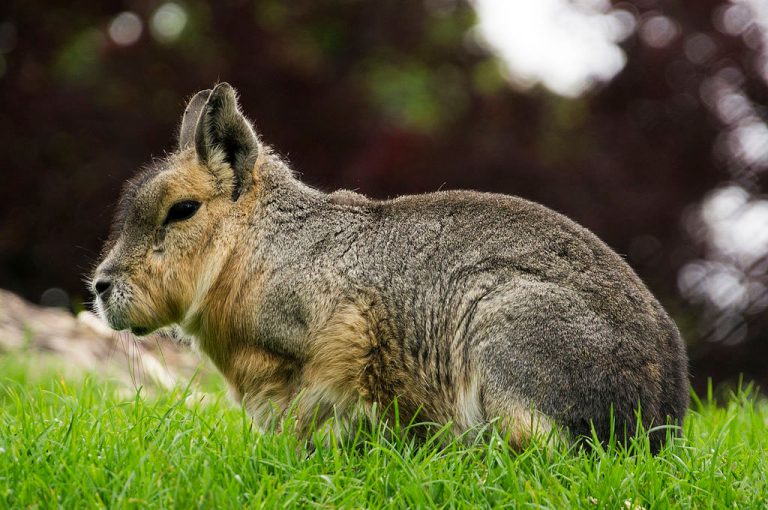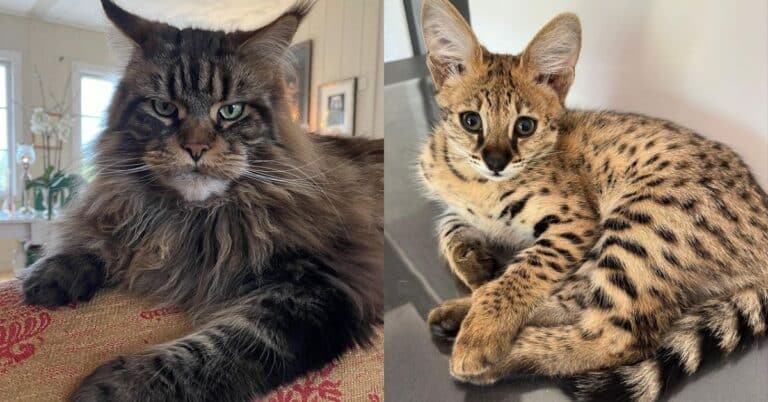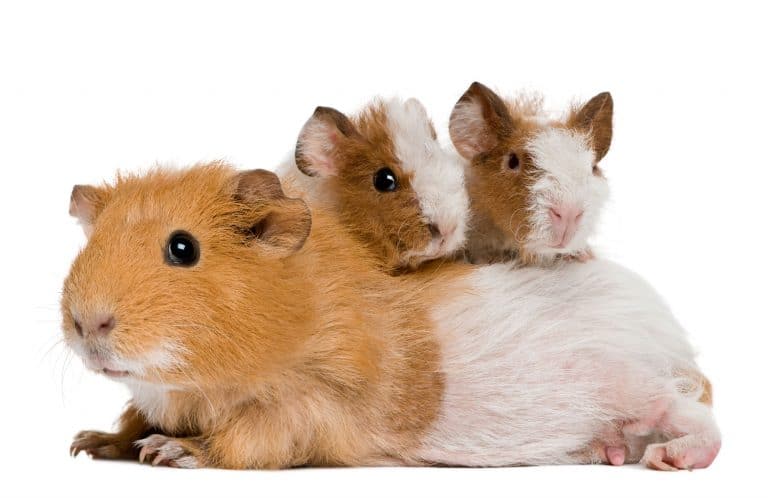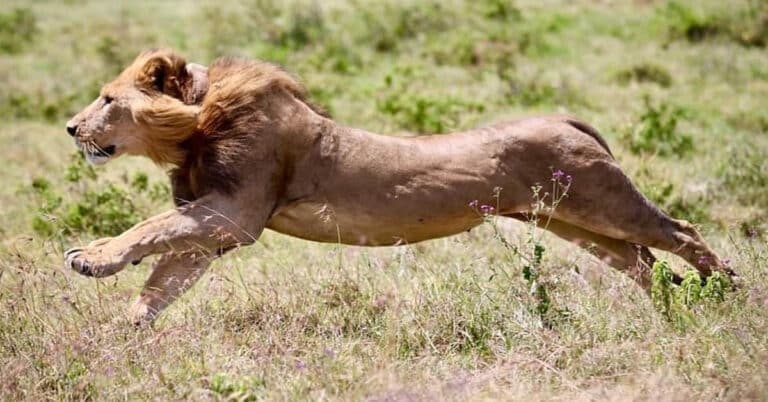The Majestic Beauty of Thoroughbred Horses
Thoroughbred horses are renowned for their elegance, speed, and endurance. Originating from Britain in the 17th and 18th centuries, these magnificent creatures have become a cornerstone of the equestrian world, particularly in the realm of horse racing. Their influence extends beyond racing, touching various aspects of human culture and history.
The Origins of Thoroughbred Horses
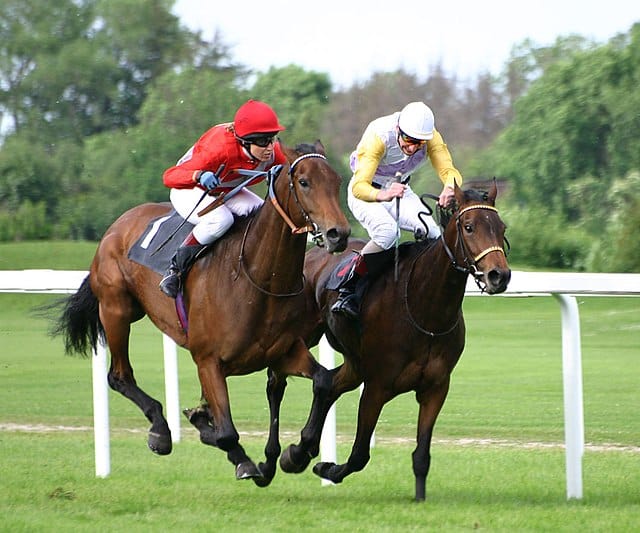
The lineage of thoroughbred horses can be dated back to three foundation sires: the Darley Arabian, Godolphin Arabian, and the Byerly Turk. These stallions were imported to Britain and bred with local mares, giving rise to a breed celebrated for its agility and stamina. This selective breeding focused on developing traits such as speed and endurance, leading to the thoroughbreds we admire today.
Physical Characteristics
Thoroughbreds are typically between 15.2 and 17.0 hands high and weigh between 1,000 to 1,200 pounds. Their muscular build, long necks, and deep chests make them ideally suited for speed. The sleek, refined head and long, slender legs enhance their aesthetic appeal and athletic capabilities. Common coat colors include bay, chestnut, and gray, although they come in a variety of shades.
The Role in Horse Racing
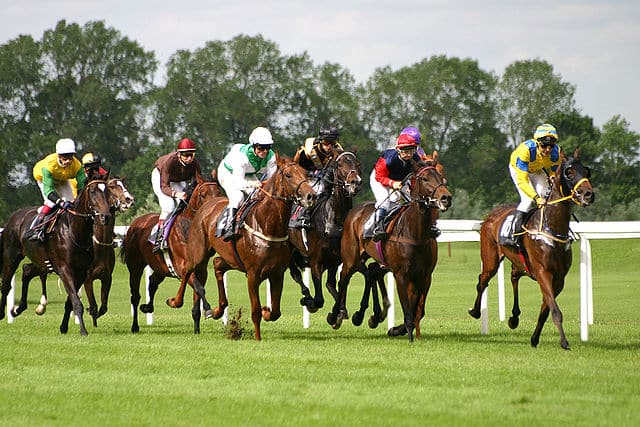
Thoroughbreds are synonymous with horse racing, a sport where their speed and competitive spirit shine. They dominate prestigious races such as the Kentucky Derby, the Preakness Stakes, and the Belmont Stakes, which together form the Triple Crown of Thoroughbred Racing. This breed’s extraordinary physical abilities make them a natural choice for racing enthusiasts and trainers alike.
Beyond Racing
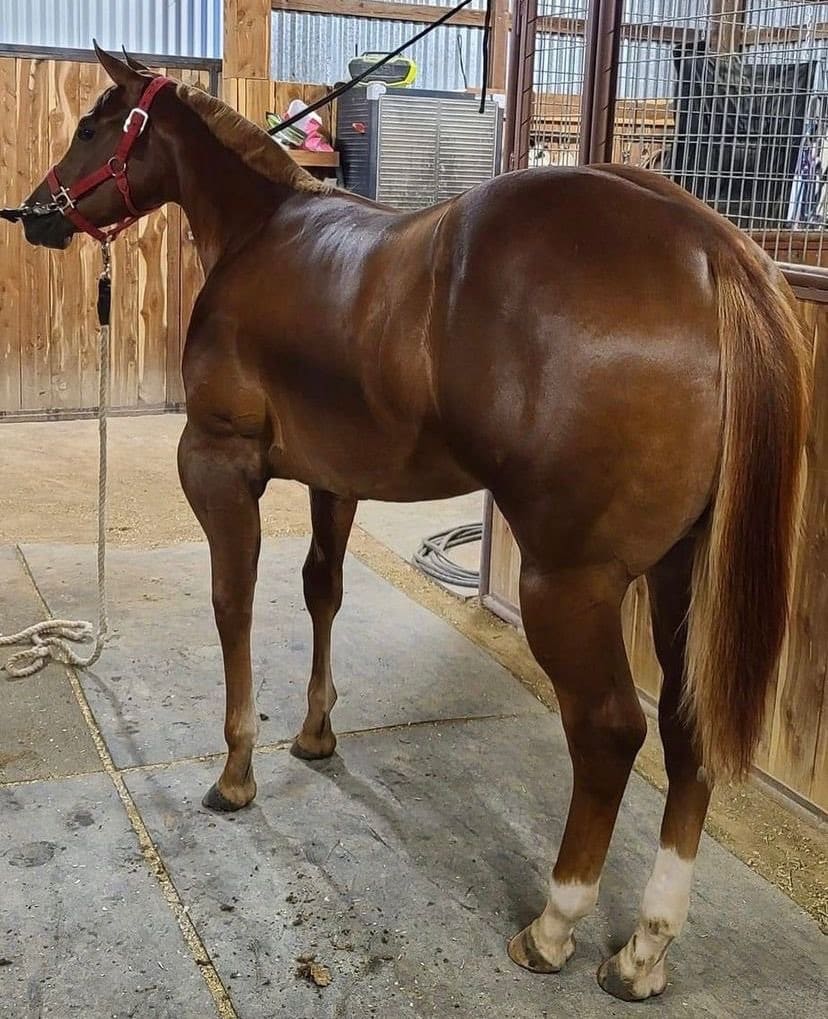
Though racing is their most well-known role, thoroughbreds excel in other equestrian disciplines. After retiring from the racetrack, many thoroughbreds transition into successful careers in show jumping, dressage, or even therapeutic riding. Their intelligence, agility, and trainability make them versatile in various roles beyond the racing world.
Health and Care
Proper care of a thoroughbred requires specialized attention. Regular vet check-ups, a balanced diet, and appropriate exercise are key to maintaining their health. Due to their athletic nature, thoroughbreds are susceptible to leg injuries and respiratory conditions, requiring vigilant care to ensure long-term well-being.
Cultural Significance
The impact of thoroughbreds reaches beyond the world of equestrian sports. They have been celebrated in literature, art, and film, symbolizing power, grace, and beauty. Their bloodlines have also contributed to improving other horse breeds, further enhancing their role in global equine breeding practices.
Conclusion
The majestic beauty of thoroughbred horses is undeniable. Their rich history, physical prowess, and cultural significance make them stand out in the world of equestrian sports and beyond. Whether competing in horse racing or excelling in various other roles, thoroughbreds continue to inspire and captivate with their grace and strength.
These remarkable animals remind us of the enduring connection between humans and horses, a bond that spans centuries and continues to thrive in modern times. As we celebrate their legacy, we also recognize their timeless appeal in a world of ever-evolving entertainment and technology.


